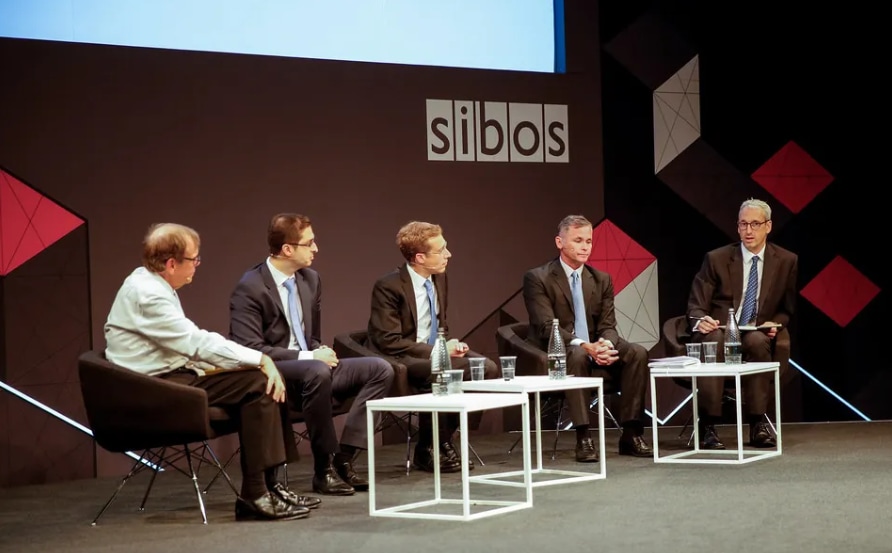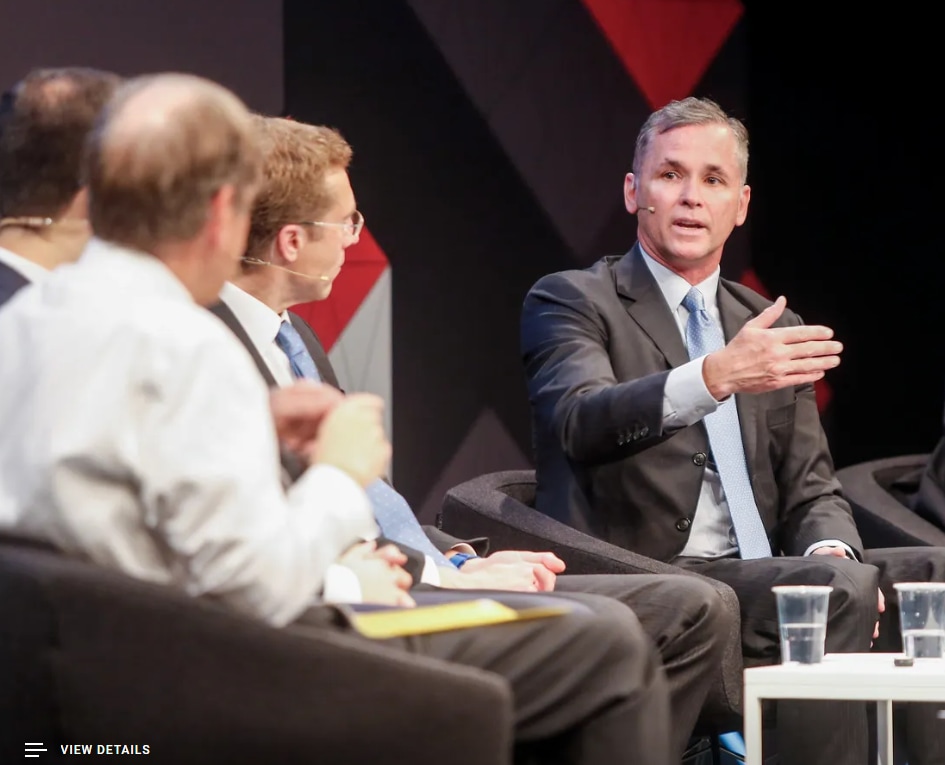The FX voice trader has not yet disappeared, and electronic trading has added to price transparency without necessarily boosting liquidity, which is fragmented across specialist platforms. But the number and market share of electronic trading platforms in all FX instruments is set to increase, and FX trading may one day be traded as just another financial asset class across a network of digital trading systems.
This is one of a series of articles based on panel discussions at Sibos 2019, where industry figures came together to examine the issues impacting FX markets.
FX used to be a purely over-the-counter market run by dealers. They were in the market throughout the day, searching for liquidity. Trading was fragmented and prices opaque.
That model has not disappeared, however. According to the 2019 Bank for International Settlements (BIS) survey, voice trading still accounts for 40% of global FX activity by value, and a much higher proportion in inter-dealer trading of FX swaps...
Varying buy-side needs demand a non-standard model
There is a school that believes all FX trading should go on-exchange, but it has made limited progress, and regulators have not insisted on it.
This is partly because FX can never be traded like stocks or derivatives. The needs of buy-side investors to obtain foreign currency to purchase assets are extremely variegated, and quite unlike the standard securities and contracts traded on-exchange.
So trading venues are able to specialise. Instead of a single “tape” of prices open to all, the FX market is characterised by a plethora of electronic trading platforms that offer different products to discrete client sets.
Major banks offer direct electronic access akin to dealing with a trader (18% of 2016 BIS volume). Bloomberg and Reuters connect dealers (14%). Then there are dealer-to-dealer primary markets such as EBS (10%), and a wide range of multi-dealer platforms (also 10%).

Trading platforms are holding back greater efficiencies
Platforms of this kind have improved price transparency, in the sense that they offer instant trades at (mostly) firm prices in different sizes. But they do not have large market shares and have not necessarily enhanced the efficiency of trading.
Multi-dealer platforms deliver a form of transparency that does not generally distinguish between genuine liquidity providers (such as banks taking principal risk) and participants intermediating liquidity provided by others.
While they spread knowledge of prices in all major currency pairs (thanks to investment in price aggregation technologies), they also afford limited knowledge of where liquidity can actually be found at any particular time.
"We know heuristic rules of thumb,” explained Xavier Porterfield, head of research at New Change FX. “We know that trading sterling at 2:00 am is not a great idea, for example. [But] what is the best time to come to market? We can’t know that unless we can actually take [BIS] data and start to build out what that flow looks like through the day.”
Christopher Purves, head of the FRC Strategic Development Lab at UBS, likened price transparency of this kind to “playing poker with all the cards shown.” He thought it encouraged bi-lateral trading instead.
Jeff Ward, global head of EBS, part of CME NEX, reckoned it led to more “iceberg orders,” in which lavish trades are divided into smaller amounts to conceal large interests, especially in less liquid emerging market currencies.
"Despite these limitations, the number of trading venues is likely to increase. Neill Penney, managing director and head of trading at Refinitiv, said there would “definitely” be more venues in emerging market currencies, pointing to the concentration of renminbi liquidity at the China Foreign Exchange Trading System (CFETS) and ruble liquidity at Moscow Exchange."

Multi-asset electronic trading platforms
"Inter-bank trading of currency swaps – where the existing platforms remain largely voice-driven – is also expected to follow the example set by spot and futures transactions and gravitate towards electronic venues."
“Solutions will come to market that will try to address the need of banks to further electronify,” predicted Jeff Ward. “For example, in the NDF market, we launched Asian NDFs on EBS in 2008 but we really didn’t get any traction until about 2014. It was really driven by larger banks needing a reference price to be able to price their clients through their single dealer platforms. That is the pathway to more electronification in the inter-bank markets… The swaps world will be the next place you start to see that happen.”
Christopher Purves went further, arguing that platforms were at the beginning of a major transition to a future in which single or inter-connected trading venues will price not just spot, swaps and options but equity and fixed income securities as well.
“All of these systems will start to become inter-connected,” he said. “Then you give birth to these central risk books you hear people talk about where people manage all the Delta 1 risk with the algorithms and the basis risks all just filter down to these uber books of risk where you have super-traders that manage them. This is only really just beginning.”


